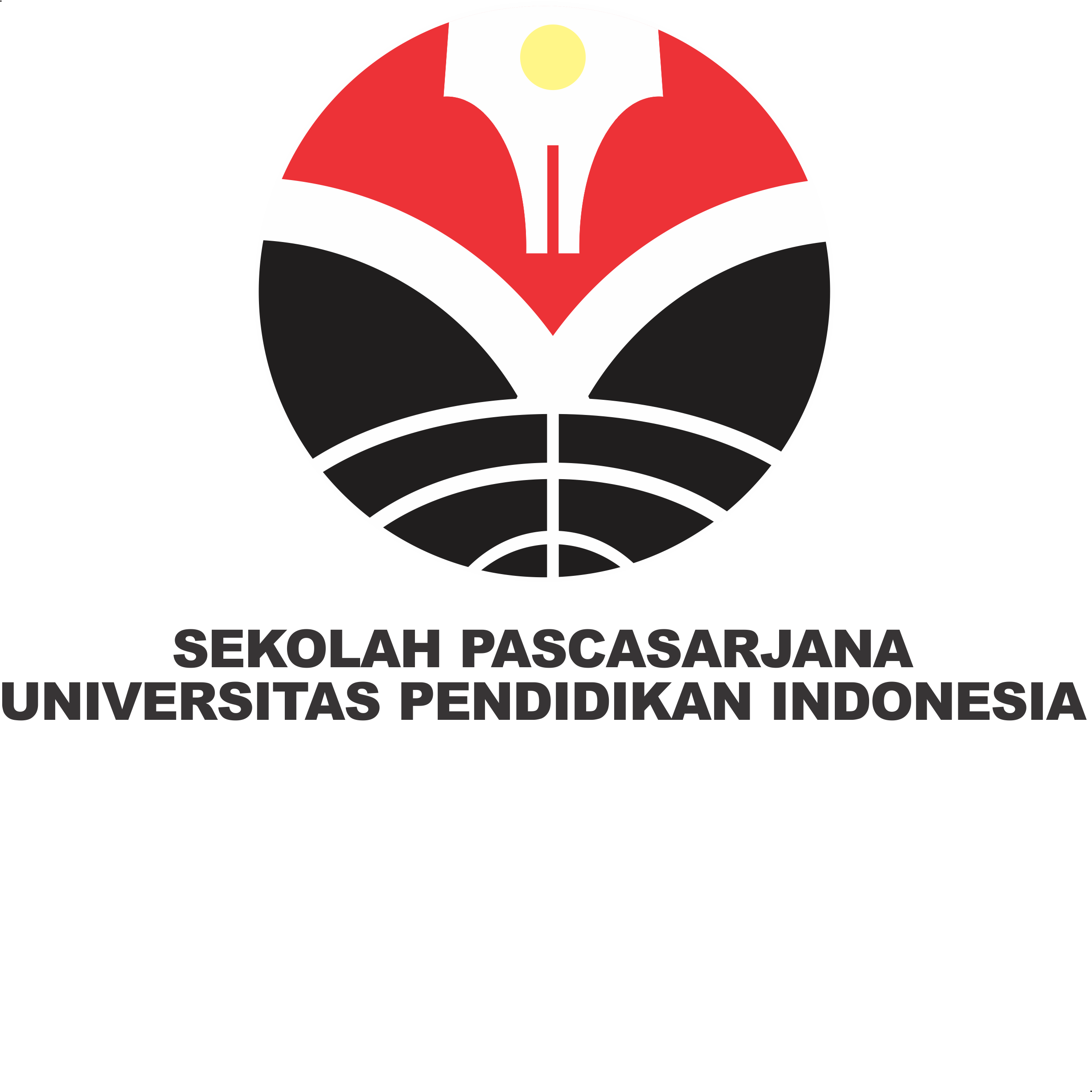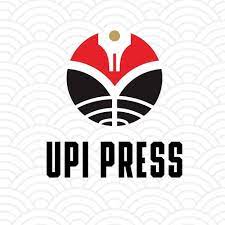Higher Order Thinking Skill (HOTS): One of the Competencies Which Becomes the Purpose of Implementing the 2013 Curriculum (An Analysis of the Relationship between Philosophy, Policy, and Implementation)
Abstract
HOTS is one of the abilities that must be claimed by understudies to almost certainly have qualified aggressiveness in this worldwide time. This paper intends to investigate fundamentally and profoundly the connection between parts of reasoning, strategy, and usage of the 2013 Curriculum approach (K-13), particularly identifying with HOTS. This objective is accomplished by leading library look into (examination of library information as books, records, diaries, magazines, and so on.). The consequences of the investigation demonstrate that theoretically there is an association between logic, approach, and execution of HOTS. Rationally K-13 is viewed as a logical praxis that covers the cycle of setting, material, procedures, and items. The normal item is understudies who have HOTS. This theory is the premise of the plan of the 2013 Curriculum strategy as can be found in the Minister of Education and Culture Regulation Number 20-23 2016. The heading of its usage is following logic and strategy. The marker is HOTS preparing for instructors with the goal that they are equipped to complete HOTS arranged learning















